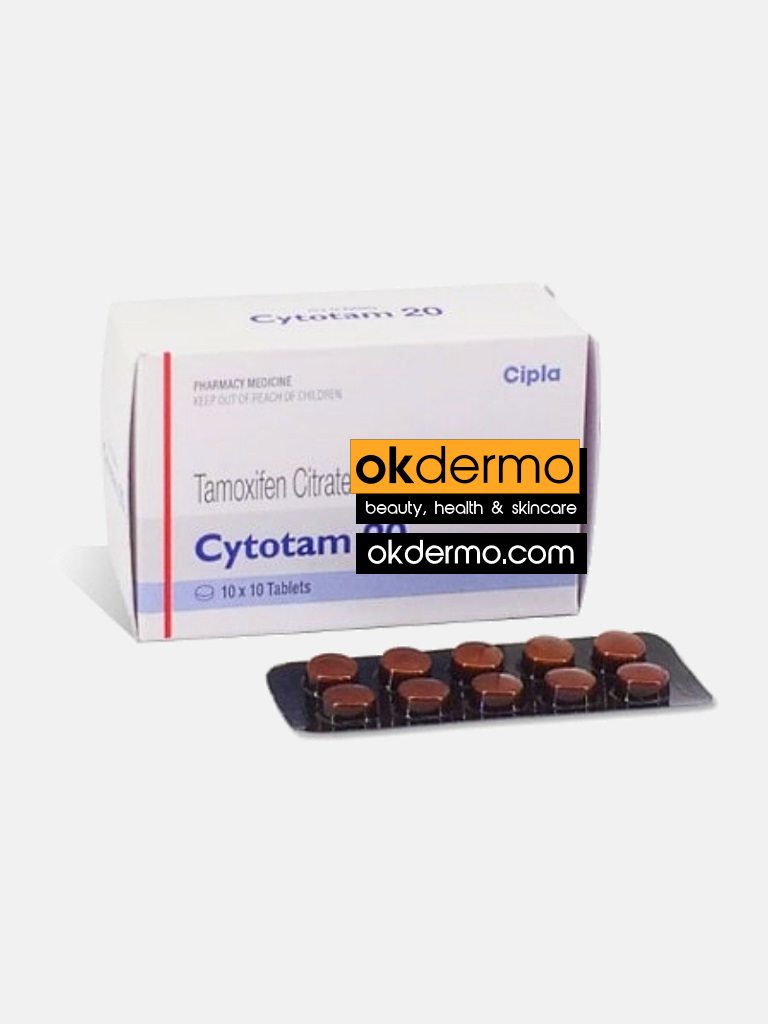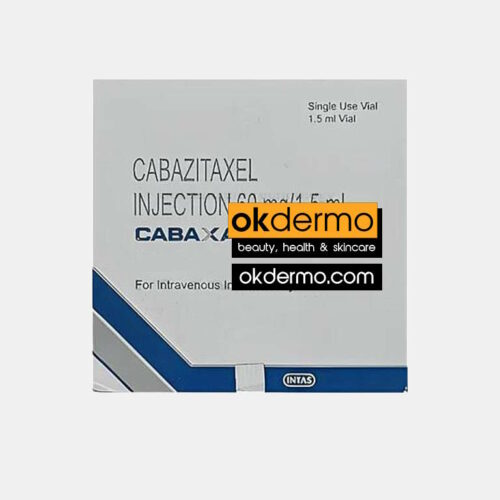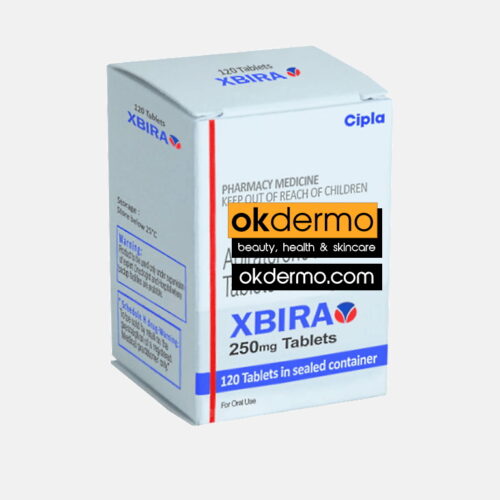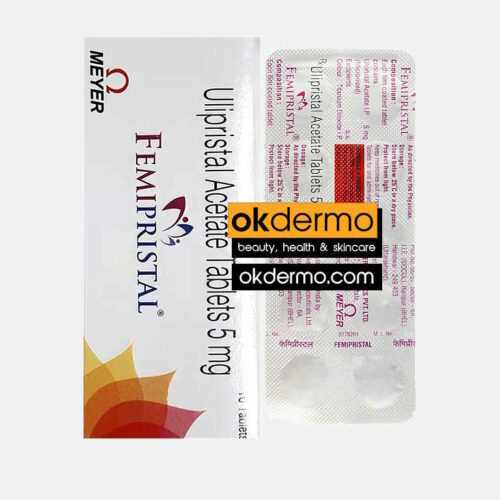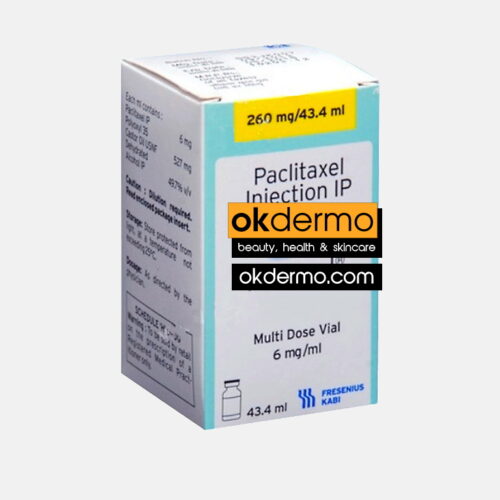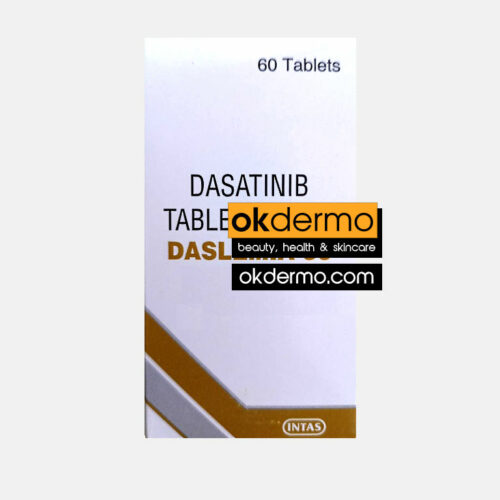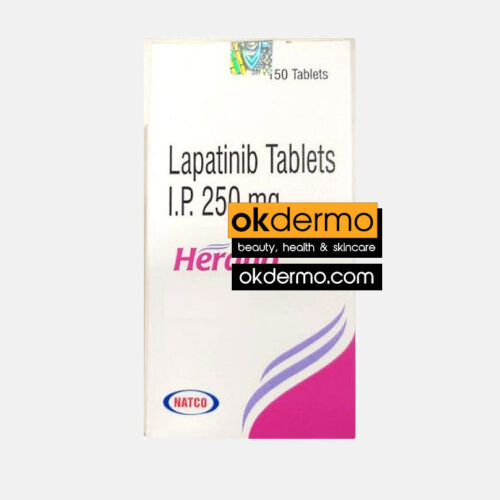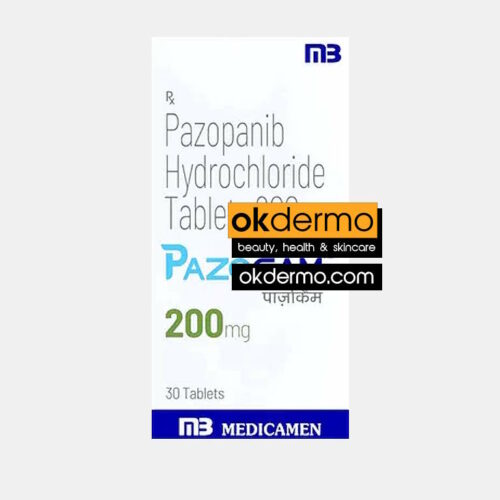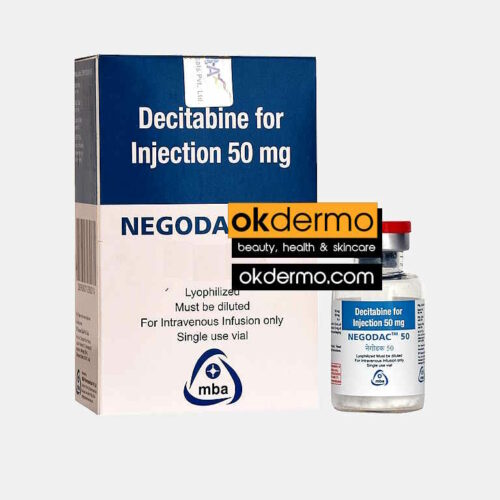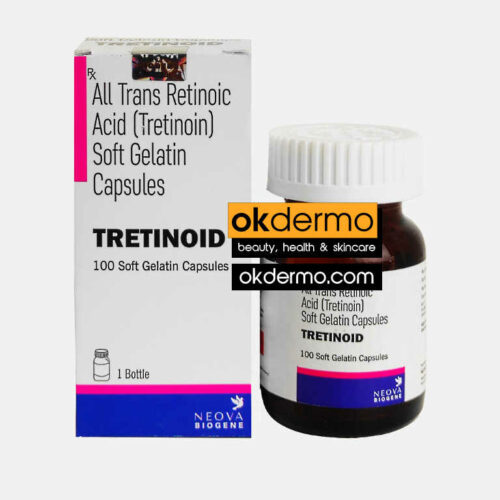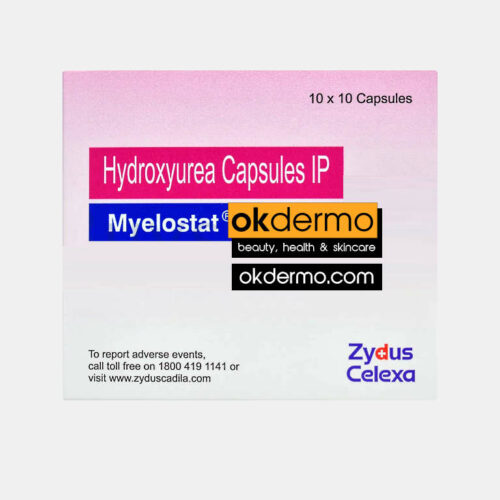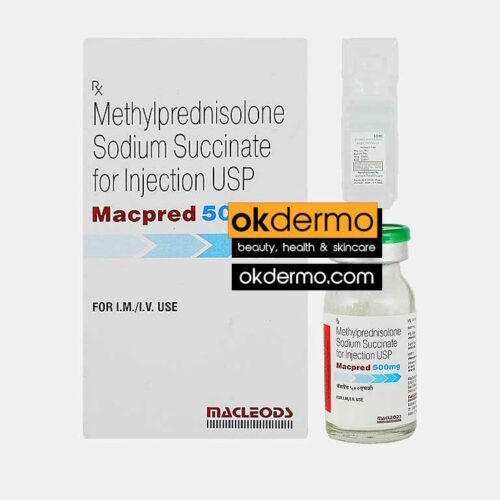Description
What is Cytotam® Tablets Tamoxifen 10mg / 20mg?
Cytotam® Tablet with Tamoxifen 10mg / 20mg is an anti-estrogens. It is used in the treatment of breast cancer. It is also used to reduce the risk of breast cancer in pre-and postmenopausal women with a high risk. This medicine helps to slow down the growth and multiplication of cancer cells.
Sold under the trade name of Nolvadex, Tamoxifen is an anti-carcinogenic drug that acts against cancer. In simple words, some cancerous cells grow on estrogen. The cancerous cells have estrogen receptors that get attached to estrogen and multiply the growth of cancerous cells.
What Tamoxifen does is, with its ability to attach to estrogen without activating it, gets attached to the estrogen and prevents the cancerous cells from binding with the estrogen and multiplying the cancerous cells. It is usually used in treating breast cancer and is known for its effectiveness on cancerous cells that have spread throughout the body.
The drug, apart from being prescribed to people suffering from breast cancer, is also prescribed for reducing the chances of developing breast cancer for women who are exposed to a high risk of developing it. For instance, women whose family members have been diagnosed with breast cancer can take this drug to reduce the risk of developing the disease.
The effectiveness of this was put forth by a study that was carried for over 5 years on about 1500 women. The study showed that the intake of Tamoxifen reduced the chances of development of breast cancer in women by about 44 percent. This effective drug for breast cancer is also used to treat ailments relating to others and not to breast cancer.
Cytotam® Tablet relieves the symptoms of breast cancer such as breast lumps, bloody discharge from the nipple, or changes in the shape or texture of the breast. It works by altering the production of those hormones in the body that are essential for the growth and spread of breast cancer, both in pre as well as postmenopausal women. It may also interact with other hormones or have a direct effect on cancer to stop its growth.
Tamoxifen is the oldest and most prescribed selective estrogen receptor modulator (SERM). Tamoxifen is approved by the U.S. Food and Drug Administration (FDA) to treat:
- women and men diagnosed with hormone-receptor-positive, early-stage breast cancer after surgery (or possibly chemotherapy and radiation) to reduce the risk of cancer coming back (recurring)
- women and men diagnosed with advanced-stage or metastatic hormone-receptor-positive disease
Tamoxifen also is used to:
- reduce breast cancer risk in women who haven’t been diagnosed but are at higher-than-average risk for the disease
Tamoxifen won’t work on hormone-receptor-negative breast cancer.
Uses of Cytotam® Tablets Tamoxifen 10mg / 20mg
Tamoxifen, used to treat men and both premenopausal and postmenopausal women, typically is used to:
- reduce the risk of early-stage, hormone-receptor-positive breast cancer coming back after surgery and other treatments
- shrink large, hormone-receptor-positive breast cancers before surgery
- treat advanced-stage, hormone-receptor-positive breast cancer, including metastatic breast cancer
- reduce breast cancer risk in undiagnosed women at higher-than-average risk of developing breast cancer
Tamoxifen usually is taken for 5 to 10 years, depending on a woman’s menopausal status. The American Society of Clinical Oncology recommends that:
- newly diagnosed premenopausal and perimenopausal women take 5 years of tamoxifen as their first hormonal therapy; after this first 5 years is done, the hormonal therapy taken for the second 5 years (for a total of 10 years of hormonal therapy) would be determined by the woman’s menopausal status:
- postmenopausal women could take another 5 years of tamoxifen or switch to an aromatase inhibitor for 5 years
- pre- and perimenopausal women would take another 5 years of tamoxifen
- newly diagnosed postmenopausal women have several options:
- take tamoxifen for 10 years
- take an aromatase inhibitor for 5 years; right now there isn’t enough evidence to recommend taking an aromatase inhibitor for 10 years
- take tamoxifen for 5 years, then switch to an aromatase inhibitor for another 5 years (for a total of 10 years of hormonal therapy)
- take tamoxifen for 2 to 3 years, then switch to an aromatase inhibitor for another 5 years (for a total of 7 to 8 years of hormonal therapy)
- postmenopausal women who started taking an aromatase inhibitor but didn’t finish 5 years of treatment can switch to tamoxifen to complete 5 years of hormonal therapy
- postmenopausal women who started taking tamoxifen but didn’t finish 5 years of treatment can switch to an aromatase inhibitor and take it for 5 years (for a total of 7 to 8 years of hormonal therapy)
Precautions when using Tamoxifen
Cytotam® Tablet is also helpful in the treatment of infertility. It can be taken with or without food, but take it at the same time to get the most benefit. It should be taken as your doctor’s advice. The dose and how often you take it to depend on what you are taking it for. Your doctor will decide how much you need to improve your symptoms. Swallow the tablets whole with a drink of water. This medicine is generally taken for 10 to 15 years. You should take this medicine for as long as it is prescribed for you.
The most common side effects of this medicine include hot flashes, mood swings, vaginal discharge, vaginal bleeding, nausea, and fluid retention. If these bother you or appear serious, let your doctor know. There may be ways of reducing or preventing them. Some side effects that may mean you should inform your doctor immediately include vaginal bleeding, irregular menstrual period, and vaginal discharge. It makes birth control pills less effective, hence use a condom and other preventive measures to avoid pregnancy.
Before taking this medicine, tell your doctor if you are on treatment for infertility or had a blood clot disorder. Your doctor should also know about all other medicines you are taking as many of these may make this medicine less effective or change the way it works. Tell your doctor if you are pregnant or breastfeeding. Your doctor may perform some blood tests to check liver function and calcium level in the body.
Important Information About Tamoxifen
Classified by FDA under the D category of medications, you should not intake Tamoxifen if you are pregnant. If you are pregnant and have consumed this medicine, the aftereffects can prove harmful for the baby. In case you are using any birth control while taking this medication, use contraception like condoms, spermicide, or diaphragm, and continue using this form of contraception for at least the next two months after you have stopped the intake of this drug. Besides this, it is also suggested that you take up a pregnancy test before you start taking Tamoxifen.
Further, if you are allergic to Tamoxifen or have had blood clots in veins, lungs, or if you are taking warfarin, do not take Tamoxifen. You should also notify your doctor about any previous liver diseases, cholesterol, stroke, cataract, or blood clots that you have had in the past. If you are undergoing radiation or chemotherapy treatment, make sure you inform him regarding the same as well. The intake of this drug may even increase the risk of uterine cancer, blood clots, and stroke, which can turn out to be fatal. Though it depends on the individual nature of the body, you have to still take up several self-exams or mammograms and liver tests if you wish to opt for safer use of Tamoxifen.
If you are someone who suspects you are under a threat of developing breast cancer because some of your family members were diagnosed and treated with breast cancer and intend to use Tamoxifen as a preventive source for breast cancer, make sure you start the medication during your menstrual period. This is a general practice, as far as the intake of this medicine in such cases is concerned. However, it is good to have it confirmed and consulted with a doctor or a physical practitioner before taking up the medicine.

